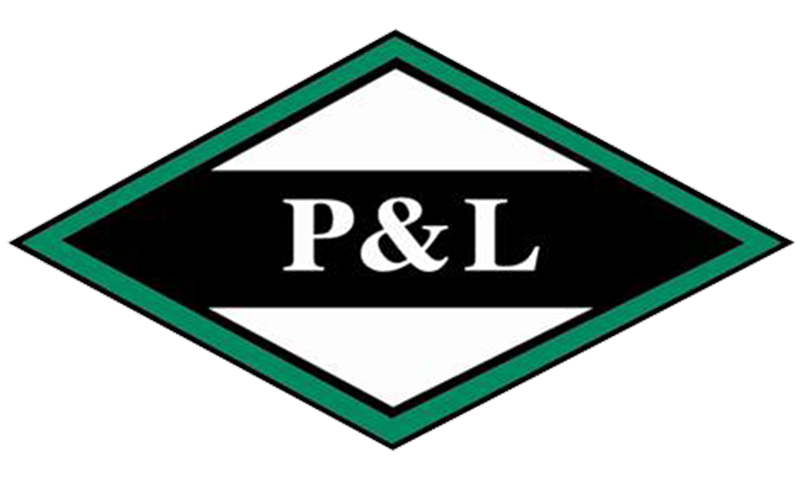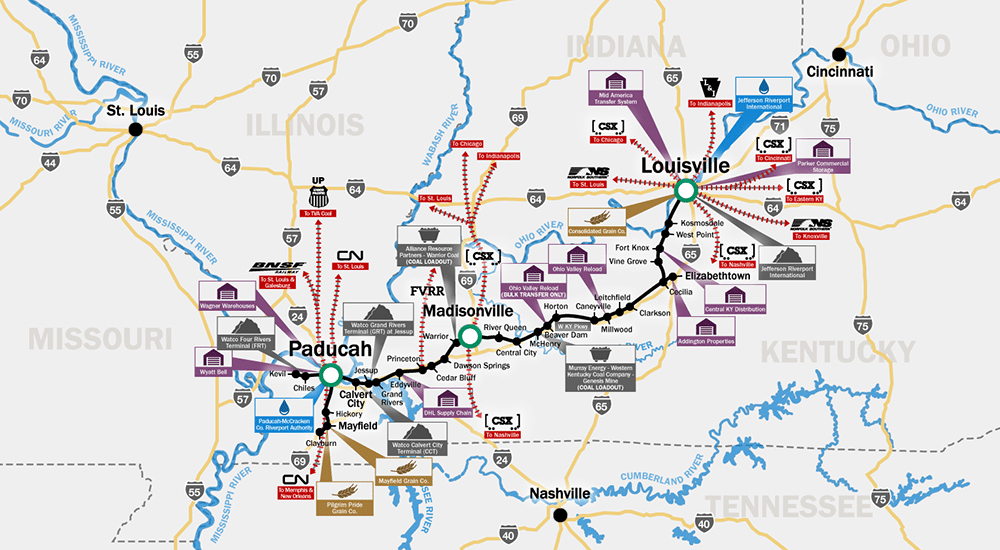OUR COMPANY
ABOUT US
P&L RAILWAY
Company Profile
The Paducah & Louisville Railway, Inc. (PAL) is a full-service, 280-mile regional Class II railroad. We are 286k compatible with continuous welded rail, 100% signaled and CTC. This means that our rail is compatible with any Class I and is maintained to the highest standards. We connect directly with four of the seven North American Class I carriers: the BNSF and CN (Paducah, KY), CSXT (Madisonville, KY), and NS and CSXT (Louisville, KY). Having these multiple Class I connections means, in most cases, we can reach any destination market in the continental US with just one interchange switch away.
Our service is further enhanced by our geographic proximity to the nation’s interstate highways and inland waterway systems. We have a close relationship with barge carriers and serve several rail-barge-rail transfer facilities on the Ohio and Tennessee Rivers. Several bulk terminals, warehouses, and rail-truck-rail transload facilities are also located on our line. These many connections and transload facilities provide our customers with multiple rate and route alternatives that allow our customers to be very competitive in their markets, while the PAL provides the flexible, responsive rail service they deserve. We utilize our local knowledge and expertise and work closely with all of our transportation partners to secure the best possible price and service packages. We currently handle a broad range of commodities, including, but not limited to: coal, chemicals, auto frames, crushed limestone, lumber, food, and agricultural products. We serve over 100 industries, and handle approximately 150,000 car loads annually, originating or terminating 99% of these loads.
Our motto is Expect Excellence and we pride ourselves on the fact that our customers have grown to expect nothing less than that. Our track record of providing safe and reliable service is something that all of our customers can attest to.
The Paducah & Louisville Railway, Inc. is a privately-held Kentucky corporation and subsidiary of P&L Transportation, Inc., a Delaware corporation.
Transparency in Coverage – Anthem
This link leads to machine-readable files that are made available in response to the federal Transparency in Coverage Rule and includes negotiated service rates and out-of-network allowed amounts between health plans and healthcare providers. The machine-readable files are formatted to allow researchers, regulators, and application developers to more easily access and analyze date.
Current Career Opportunities
Careers
P&L Railway accepts online applications and resumes. All applications and resumes are retained on file for one year.
Please state your area of interest (or department) in your cover letter.
Mail Resumes
Attention: Human Resources
Paducah & Louisville Railway, Inc.
200 Clark St.
Paducah, KY 42003
Online
Online resumes and cover letters may also be submitted by email to hr@palrr.com
FAQ
How do I contact the Railroad Retirement Board?
Phone: 877-772-5772
Or check out their website at https://www.rrb.gov/
How can I buy railroad ties?
Can I take photographs of trains?
Can I ride on your trains?
How do I do business with your railroad?
Your “first line” of contact is the PAL’s Marketing Department. Anyone in that Department will readily assist you. Refer to the Marketing Department’s contact listings under the “Contact Us” section of the website.
My business is not rail-served. How can I take advantage of rail transportation to ship my products or receive raw materials?
There are many industries not directly rail served which can still enjoy the benefits of rail transportation.
Team Tracks (available free of charge to the general public for loading and unloading of product to/from railcars) are located in many cities along the PAL. Contact the PAL’s Marketing Department for further details.
Several transloads are served by the PAL. These provide loading/unloading, warehousing, and trucking services between rail car and an industry.
How do I know what it will cost to transport my product by rail?
Before 1981 most rail rates were established through rate bureaus.
Since the Staggers Act of 1981; however, rail carriers have basically had the freedom to price according to the market. Many “public” prices are found on each carrier’s website and these can be utilized for many movements. Confidential rates, however, are in many instances negotiated for competitive, volume movements by contacting the serving railroad’s Marketing Department.
Most rates are based upon (1) the product and volume to be shipped, (2) cost—which roughly corresponds with the distance moved, (3) equipment type, availability, and ownership, and (4) market conditions and competition. Railroad freight rates include the empty return of a rail car to the point of origin.
My company doesn't own rail cars. Can I still ship by rail?
Of course. The PAL’s Marketing Department can assist you in determining the type and size of railcar you need and in securing that car for loading. The PAL’s Mechanical Department can be called upon for questions regarding proven and official loading methods and specifics.
What type or rail cars are available? How much can I ship in a rail car?
All rail cars in Mexico, U.S.A. and Canada are listed in the “Equipment Register” and those operating on U.S. railroads must meet the Association of American Railroads (AAR) and federal government construction standards for safety and interlining (movement between railroads), and must be maintained to those standards.
The common freight cars are: box, flat, covered hopper, open top hopper, tank, and gondola, each costing from $40,000 for a standard railcar ordered in quantity to over $200,000 for a specialized tank car. Special cars include the heavy duty flat, refrigerated box, pneumatic and pressure differential covered hopper, auto rack flat, 90′ pole flat, 80′ high-cube boxcar, 24′ open top ore hopper, and many others.
All railcars are 9.5 feet wide, give or take 10 inches, and range from 24′ to 90′ in length. Most are 10 to 12 feet high—except for flat cars and gondolas usually have 3′ to 4′ high sides. Car height is measured from the floors of rail cars, which are 3.5′ to 4.5′ above the top of the rail.
Most rail cars load capacities range from 120,000 pounds (some boxcars and special cars for lighter commodities) to 200,000 pounds (most newer cars of all types). Some special tank cars and heavy duty flat cars for moving electrical transformers and equipment carry much more tonnage. The load capacity and empty tare weight is stenciled on the side of every railcar. Normal maximum gross weight (total weight of rail car and its contents) is 286,000 pounds.
HAVE ANY FURTHER QUESTIONS?
CONTACT US
© 2025 Paducah & Louisville Railway, Inc., All Rights Reserved.


